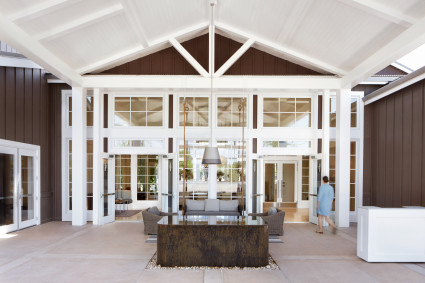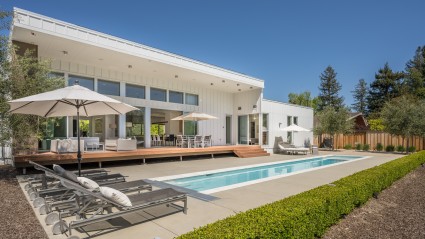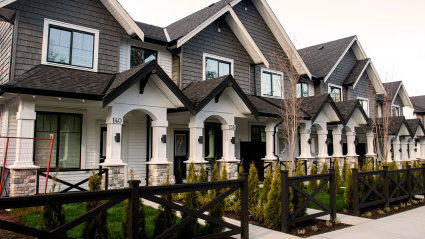What to look for in a house with multiple owners
Anytime you’re shopping for a home, it’s important to make a list of your needs and wants — and be sure to differentiate the two. For example, a need for a family with mobility challenges might be a one-story home while a want might be a home with a swimming pool. When you’re buying with a family member, you have more needs and wants to consider, which can make it take longer to find a house that fits the group’s criteria. Start by defining key must-haves for location, property size and amenities. In the case of a second home, decide if you need enough space for everyone to use the property at the same time, or if you’ll be trading off visits.Pros and cons of owning a property with family members
The biggest upsides to owning a home with relatives are mostly financial. With a co-owner, you’ll split big-ticket expenses like the down payment, monthly mortgage payment, property taxes and insurance. Down the road when the inevitable home repairs pop up, you won’t have to foot the entire bill yourself. It’s also worth noting that a 50-50 ownership split isn’t required. It’s up to the co-owners to decide what’s fair in their unique situation. Another benefit of having a co-owner is having a stronger financial position with your lender. You may qualify for a better interest rate and loan terms based on having a higher combined monthly income and strong credit scores. However, there are a few drawbacks to owning a home with a family member that you should keep in mind before moving forward. A home is one of the biggest purchases you make in a lifetime, and with a co-owner, you are counting on the other person’s dedication and ability to keep up with payments. If you and your co-owner are listed as co-borrowers on a mortgage and they either can’t or don’t keep up with payments, your credit score will be affected and your home could go through foreclosure if you aren’t able to pay the full amount every month. Another downside is that it can be difficult to ensure that you and your co-owner will be on the same page in terms of how to care for the home during ownership. When does an issue require a repair? When is the right time to upgrade appliances? If something needs to be replaced, is it a DIY project or do you hire a professional? To navigate these challenges, savvy co-owners can put a property ownership agreement into place from the date of purchase. This legally binding document can outline how financial responsibility is split, the approach to repairs. and what happens if one owner wants to sell and the other doesn’t. A real estate attorney can help you draft this type of agreement.Types of ownership structures
When you buy a home with a family member, you can choose from a few different types of legal ownership structures.Tenancy in common
Tenancy in common is the most common type for two individuals who want to purchase a property together. The two will be allocated shares of the home based on how much money each person contributes to the purchase. This provides room for multiple owners and different percentages of ownership. If one party wants to sell the home, all must agree. Then, proceeds from the sale are divided based on ownership share. If a co-owner passes away, their share of the property can be left to whomever they choose.Joint tenancy
Joint tenancy gives equal ownership to two parties, regardless of how much they’ve invested in the home. A joint tenancy agreement has what’s called a right of survivorship, which means if one owner passes away, their interest in the property is automatically transferred to the surviving owner. This ownership structure is popular with parents and their adult children who own a property together, since it ensures full ownership for the child when the parent passes away.Another option for co-ownership
While it’s common for people to purchase primary residences with co-owners, it’s especially popular when buying a vacation home. After all, it gives you the opportunity to make family memories in your favorite destination without the big price tag. Spending less is a key benefit to splitting a vacation property with a relative, but the effort to make it a reality can still be quite large. You’ll have to find a home that everybody agrees on, take the time to set up the required legal protections, and come up with an equitable way to split time.Luxury co-owned vacation homes
See allCo-owning with family members FAQ
01: Is it smart to buy a house with family?
Buying a home with family can be a smart financial decision. You will be able to split expenses from the down payment to monthly mortgage payments and the costs of maintenance. Additionally, you may also qualify for better rates with your lender due to combined income. However, buying a house with family is not without its considerations. The joint purchase can potentially put a strain on the relationship as you rely on your family to uphold their financial commitment. You will also have to come to an agreement on when the house will need repairs or enhancements. It is recommended to put together a property ownership agreement to outline the financial and ownership responsibilities in a legally binding document. You may also want to consider co-ownership as a way to share the financial responsibilities of second home ownership.















